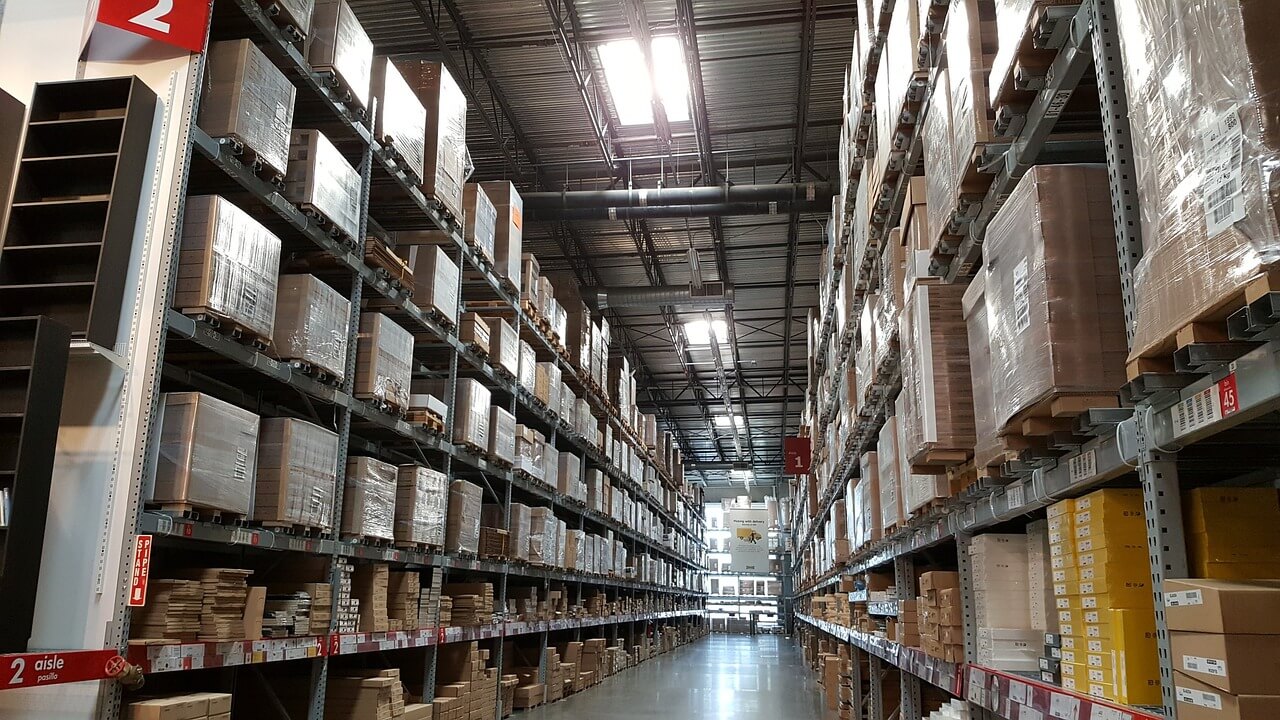Purchasing supplies is one area where a systematic approach is very necessary while navigating the world of warehouse management. Everything from storage containers to safety equipment is necessary to keep the firm running smoothly. The subtleties of choosing the appropriate supplies can have a big impact on productivity, safety, and efficiency in the warehouse. We’ll go over important pointers and strategies in this article to assist you in choosing the right supplies for your warehouse.

Determine Your Requirements:
The first step in determining your warehouse supply needs is to carefully evaluate your storage demands, taking into account the kinds and amounts of goods you handle. Think about how your warehouse is set up and how various supplies might improve productivity. Analyze your facility’s workflow to find areas that could require special supplies in order to run more efficiently.
Consider any unique specifications or laws that apply to your sector, such as safety guidelines for handling hazardous products or conditions for storing perishable items. You may better grasp the precise requirements of your warehouse and make well-informed supply purchases by carrying out an extensive assessment.
Establish a Budget:
For your warehouse supplies, you must set a clear budget in order to maintain financial responsibility and prevent overspending. Determine how much you can spend on supplies by first determining how much money you have available. To obtain a sense of the cost range, look up the prices of various supplies.
To stay within your budget, think about ranking the necessity and urgency of your purchases. It’s important to account for prospective long-term costs like maintenance and replacement in addition to the initial outlay. You can make better judgments and control your warehouse costs by creating a budget in advance.
Put Quality First:
When it comes to warehouse supplies, it’s critical to prioritize quality and make investments in products that provide dependability and longevity. Investing in high-quality tools and supplies, like durable storage bins and shelving systems, can improve your operations’ productivity and security. To ensure optimum performance, make sure the supplies you buy adhere to industry norms and laws.
For example, to ensure smooth and accurate transportation of items, look for features like precision bearings or linear rails when choosing handling equipment like carts or conveyors. Long-term savings on money and effort can be achieved by prioritizing quality over affordability in repairs and upkeep.
Think About Safety Procedures:
Start by making your selections of materials and apparatus that adhere to industry safety requirements and laws. For example, sturdy shelving units with rounded edges can help prevent injuries. To reduce the chance of accidents and guarantee a secure working environment, make an investment in ergonomic tools and protective gear, such as gloves and safety goggles.
Put in place appropriate labeling and signage to make it obvious which areas or products are dangerous, increasing awareness and lowering the chance of accidents. You may establish a safe workplace that encourages productivity and reduces risks for all parties involved by giving priority to safety measures.
Maximize the Use of Space:
Making the most of your storage architecture is crucial if you want to improve space usage in your warehouse. Make use of shelving systems that can be modified to accommodate different product sizes so that storage arrangements can be customized. Purchase stackable bins and containers to maximize vertical space and reduce clutter on the warehouse floor.
If you want to properly arrange your inventory and make it easily accessible, think about putting pallet racking solutions into place. For more efficient inventory management and retrieval procedures, make use of effective organization tools like barcode systems and labeling. Review and rearrange storage layouts on a regular basis to make sure that space is being used efficiently and to adjust to shifting inventory needs.
Suppliers of Research:
Begin by compiling data about possible providers, such as industry reputation and client testimonials. When assessing suppliers, take into account elements like product quality, delivery effectiveness, and post-purchase assistance. Get quotations, evaluate prices, and decide which solutions are most economical without sacrificing quality.
Make sure suppliers follow applicable laws and guidelines to ensure the dependability and safety of their goods. Create open lines of communication with your chosen providers so that you can quickly handle any issues or questions. You can select suppliers who satisfy the requirements of your warehouse and maintain high levels of service and product quality by doing extensive research.
Conclusion:
You may make well-informed decisions that will ultimately benefit your warehouse by evaluating your demands, creating a budget, emphasizing quality, taking safety precautions, maximizing space use, and investigating suppliers.
As your warehouse changes to suit evolving demands and industry requirements, don’t forget to assess your tactics and make necessary adjustments continuously. You can establish a well-equipped and successful warehouse environment that encourages productivity and success with careful planning and attention to detail.
 Infographic Portal New Infographics Resource Portal
Infographic Portal New Infographics Resource Portal
